


COSMOCOCA’S GENESIS
Cesar Oiticica Filho: Neville, I want you to tell us how the idea began, the beginning, the genesis and the development of the Cosmococa Programa In Progress.
Neville d’Almeida:
The Cosmococa In Progress Program has a lot to do with the birth of contemporary art. So, it is important to know that there were two trends: a cinematic trend and a contemporary art trend.
Hélio Oiticica did the exhibition at the Museum of Modern Art, which were the boxes, the nests. I made a film in Brazil that used slide projection. I met Oiticica watching my first movie, which had been forbidden, and we then had a very strong bond. Then began a very important idea of creating a bridge, of making a connection between contemporary art and cinema and the structure of cinema, the narration of cinema. Hélio was a filmmaker, he was an artist who was a filmmaker and I was a filmmaker who was an artist. In that sense, we had a greatvconnection.
We agreed to make a film together, “Mangue Bangue”, a story in the mangrove. We did it. Hélio went to New York for a scholarship from the Guggenheim Foundation. And I made the film. I took the film to New York, we showed it to MoMA, we forgot the film there at MoMA and twenty-five years later we managed to get the film back.
Hélio made the box at MoMA, the film went to MoMA. MoMA asked to restore the film and place it in the MoMA New York Cinematheque collection. So, we have always had a connection between Lapa, Rio de Janeiro and New York, MoMA.
The story of the film, the story of Cosmococa, the story of Cosmococa Programa In Progress has a lot to do with all of this. Right after the screening at MoMA, we did Cosmococa.
So you look back and see... When we talk about the In Progress Program, the In Progress Program is life itself, it’s Hélio’s life doing things, my life and this meeting where MoMA was more or less a divider of waters. MoMA was the center of all these ideas. All these ideas passed through MoMA and turned into great works. That’s what I can say.



































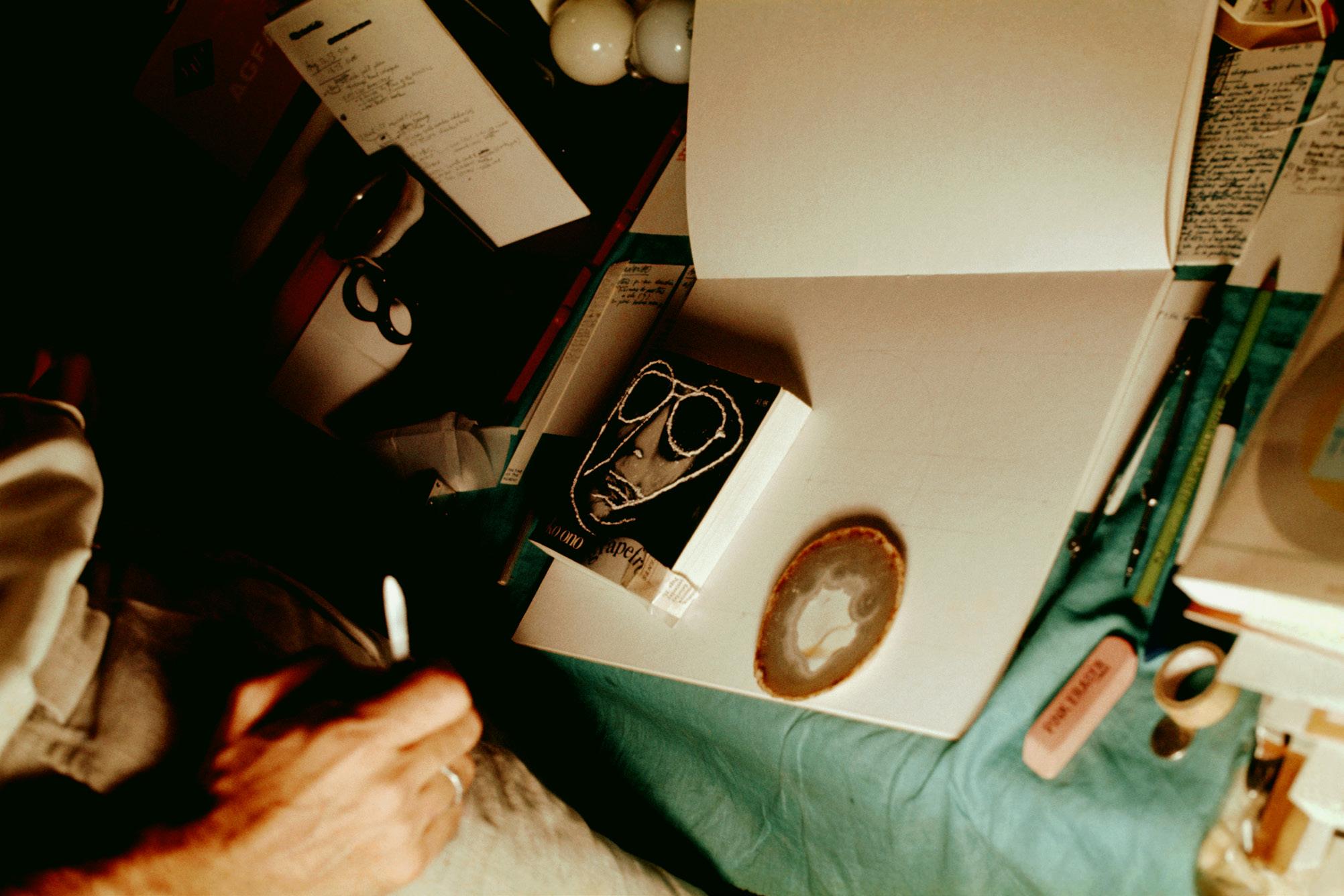




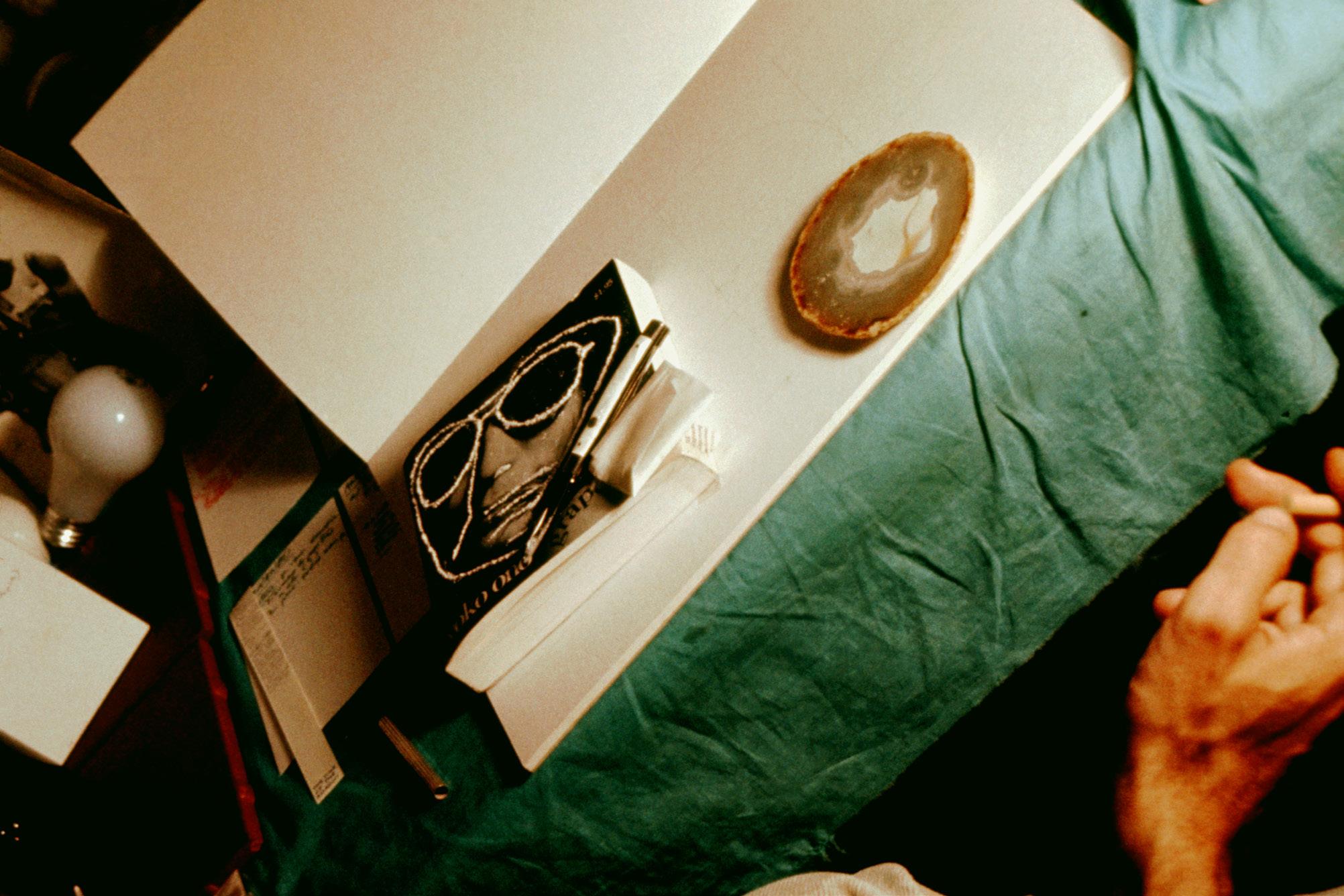





















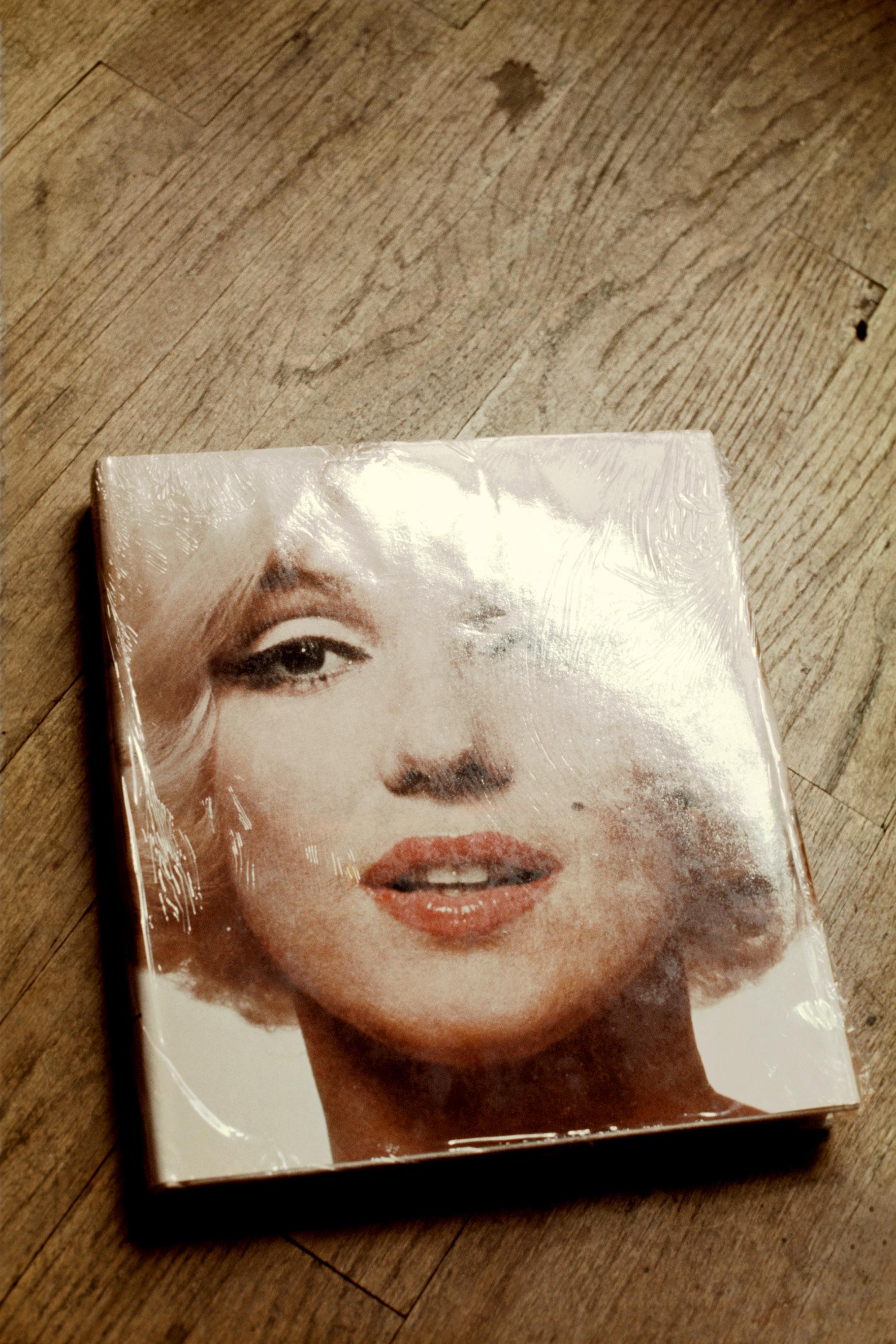




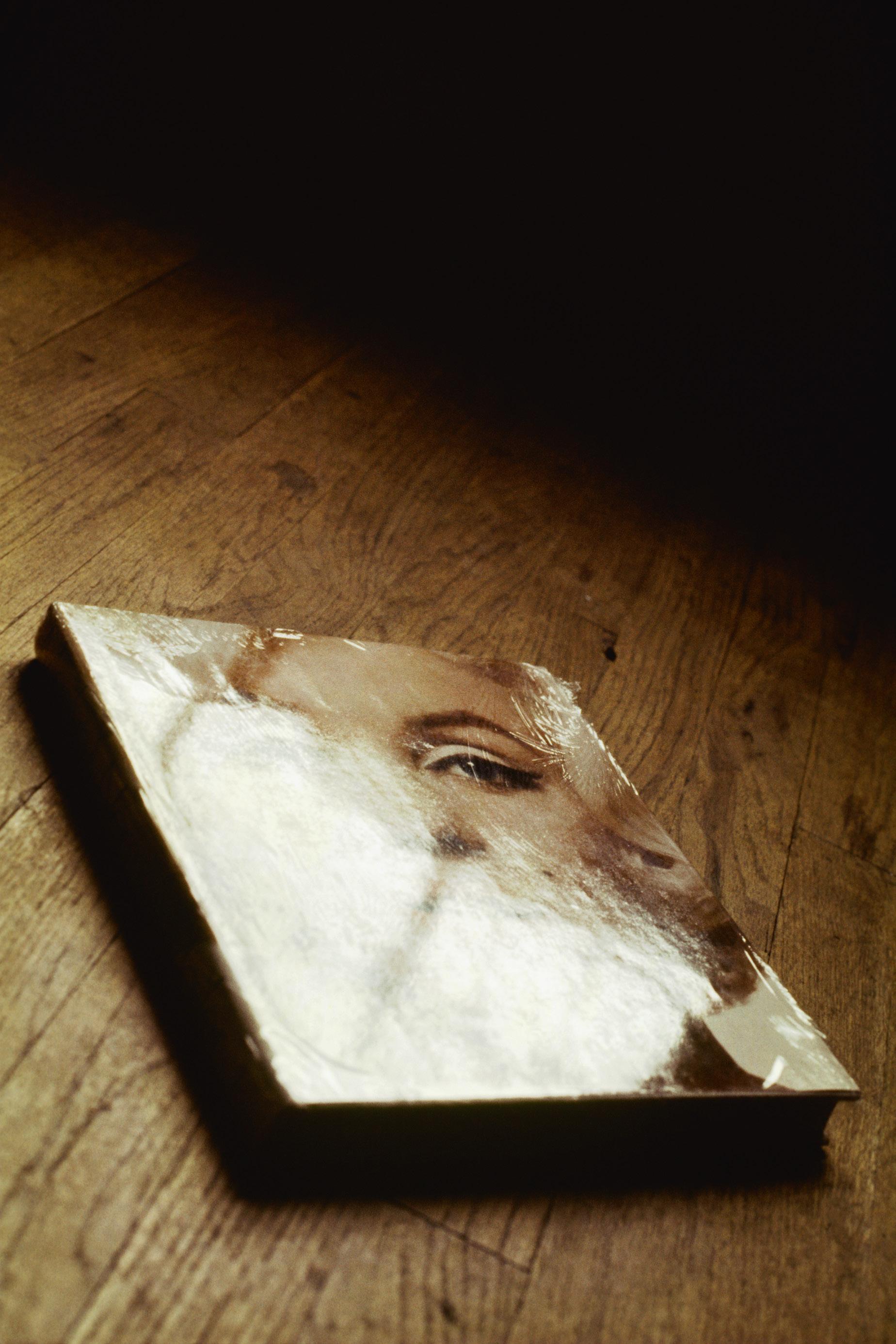




















































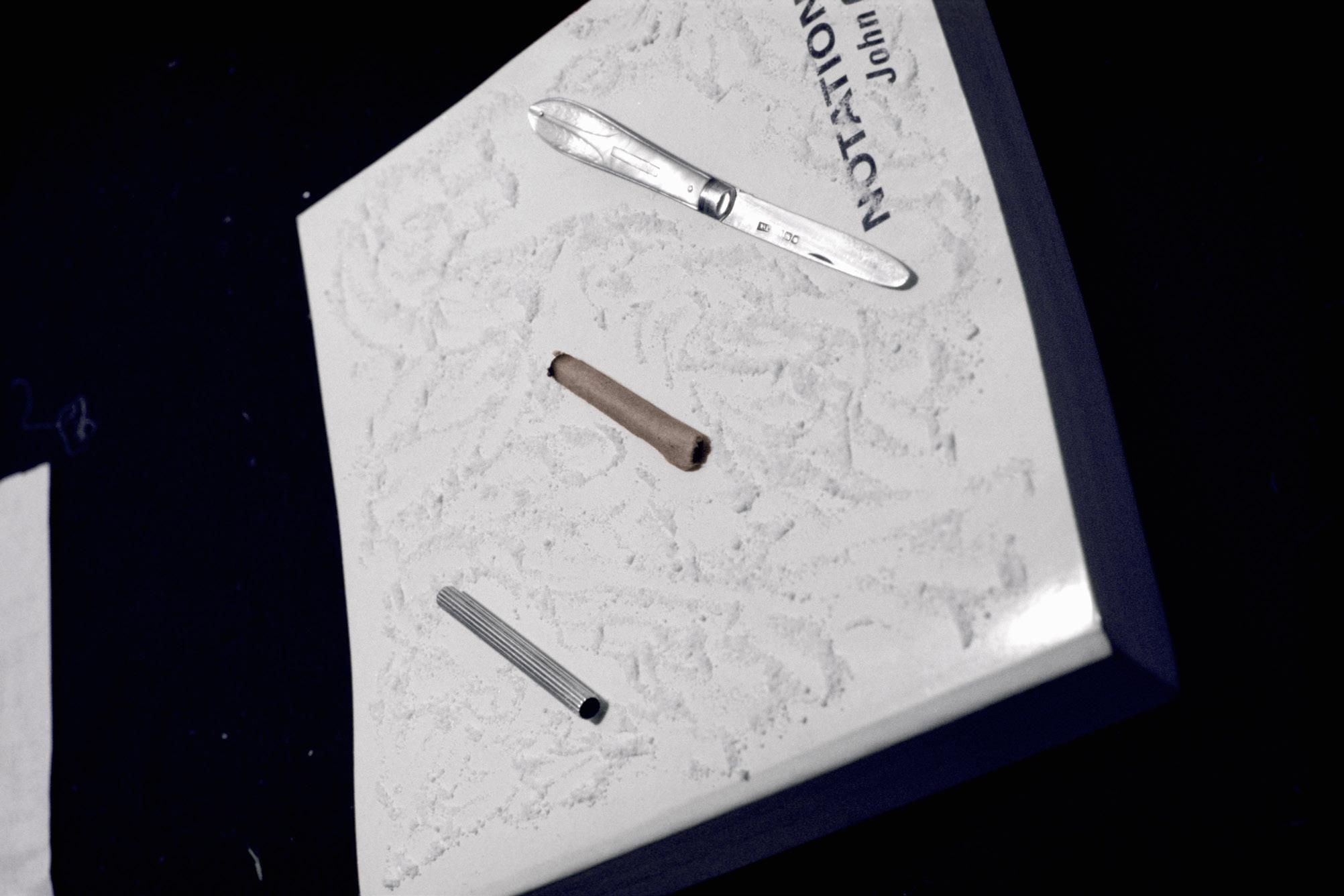

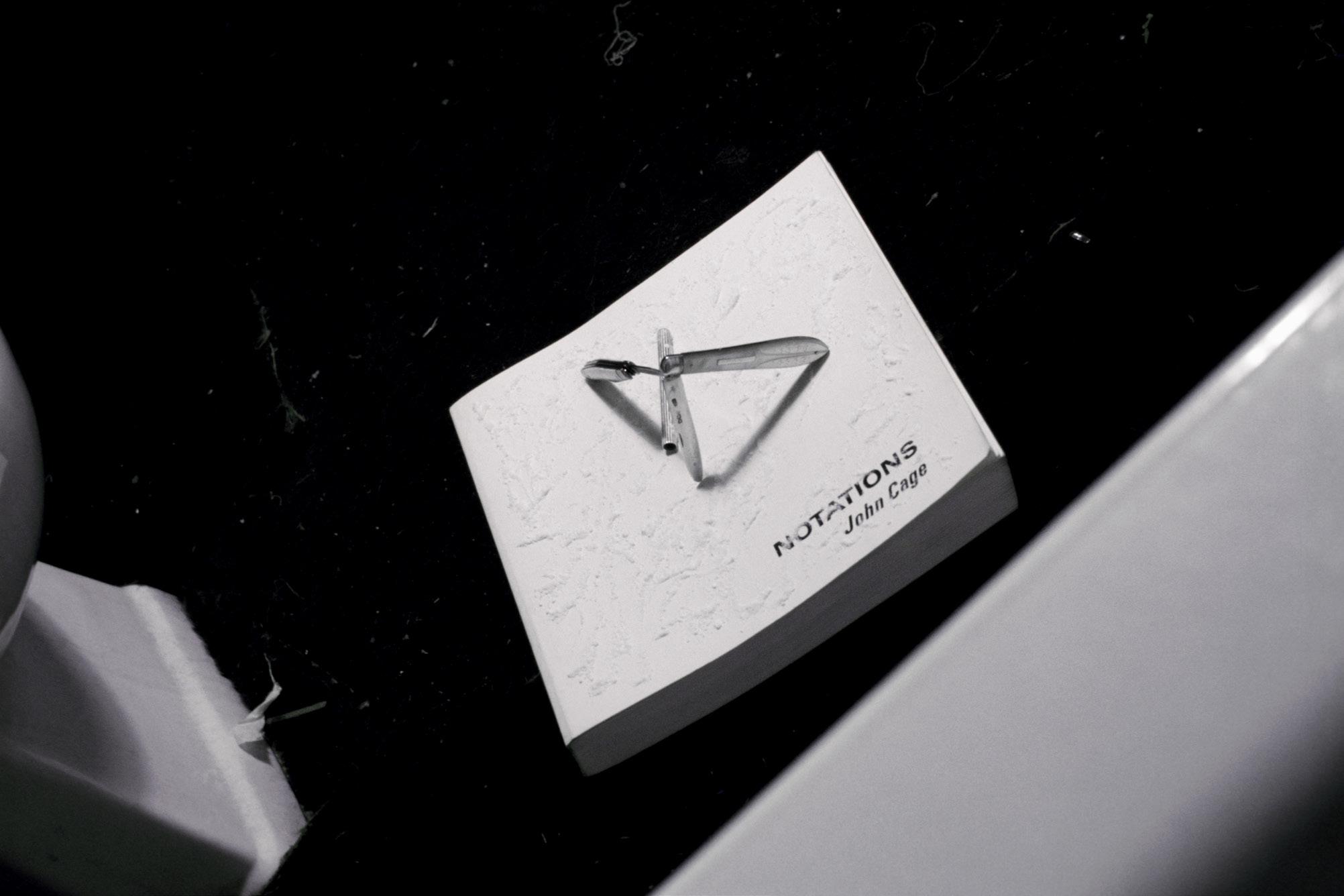














































A GÊNESIS DE COSMOCOCA
Cesar Oiticica Filho: Neville, eu queria que você contasse aqui pra gente como começou a ideia, o início, a gênese e o desenvolvimento do Cosmococa Programa In Progress.
Neville d’Almeida:
O Cosmococa Programa In Progress, ele tem muito a ver com o nascimento da arte contemporânea. Então, uma coisa muito importante, houve duas correntes: uma corrente cinematográfica e outra corrente da arte contemporânea.
O Hélio Oiticica fez a exposição no Museu de Arte Moderna, que eram as caixas, os ninhos. Eu fiz um filme no Brasil que usava projeção de slides. Encontrei com o Oiticica vendo o filme proibido, que era o meu primeiro filme, e a gente tinha então uma ligação muito forte.
Começou uma ideia muito importante de fazer uma ponte, de fazer uma ligação entre a arte contemporânea e o cinema e a estrutura do cinema, a narração do cinema.
O Hélio era um cineasta, era um artista cineasta e eu era um cineasta artista. Dessa forma, as nossas ligações foram muito grandes.
Combinamos de fazer um filme juntos, “Mangue Bangue”, uma história no mangue. Fizemos. O Hélio foi para Nova Iorque para uma bolsa da Fundação Guggenheim. E eu fiz o filme. Levei o filme a Nova Iorque, passamos no MoMA, esquecemos o filme lá no MoMA e vinte e cinco anos depois conseguimos recuperar o filme.
O Hélio fez a caixa no MoMA, o filme foi para o MoMA. O MoMA pediu para restaurar o filme e colocá-lo na coleção da Cinemateca do MoMA de Nova Iorque. Então, a gente sempre teve uma ligação entre Lapa, Rio de Janeiro e Nova Iorque, MoMA.
A história do filme, a história da Cosmococa, a história da
Cosmococa Programa In Progress tem muito a ver com tudo isso. Logo depois da projeção no MoMA, nós fizemos a Cosmococa. Então você olha pra trás e vê… Quando a gente fala do Programa In Progress, o Programa In Progress é a própria vida, é a vida do Hélio fazendo as coisas, a minha vida e esse encontro onde o MoMA foi mais ou menos um divisor de águas. O MoMA foi o centro de todas essas ideias. Todas essas ideias passaram pelo MoMA e se transformaram em grandes obras. É isso o que eu posso dizer.
Credits
Publisher: Alaide Rocha
Editor: Carlo Cirenza
Graphic Project: Marcelo Pallotta
Designer Assistant: Katharina Pinheiro
Translation:
Bruna Martins Fontes,
Acknowledgements: Cesar Oiticica Filho, Projeto HO
1 - Suggestions, complaints and praises should be sent by email to: contact@carcaraphotoart.com
2 - Portfolios should be submitted in the following format: JPG ( 20 x 30 cm ), RGB, 300 dpi, by email to: contact@carcaraphotoart.com
ISSN 2596-3066

www.carcaraphotoart.com.br

